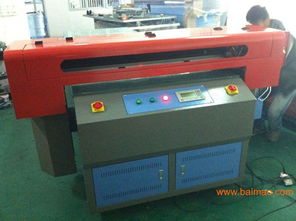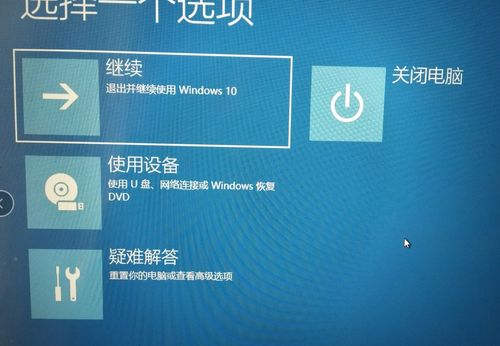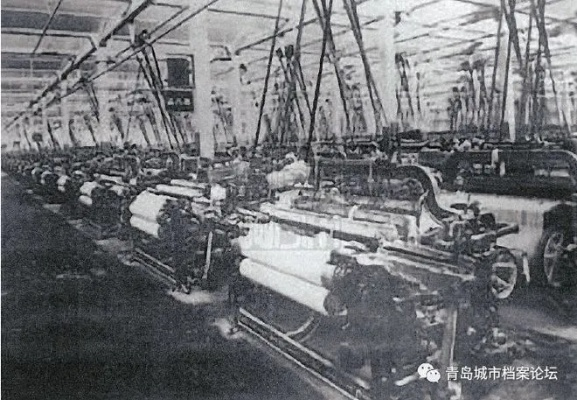The Art of Preventing and Removing Stains on Textiles
"The Art of Preventing and Removing Stains on Textiles" is a comprehensive guide to the prevention and removal of stains from textiles. The author emphasizes the importance of understanding the causes of stains and the various methods available for their removal. The techniques discussed include spotting, pre-treating, and using specialized cleaners. Additionally, the article provides tips on how to prevent future stains by maintaining proper care and cleaning habits. Overall, this guide offers practical advice that can help individuals effectively manage stains on their clothing and other textiles.
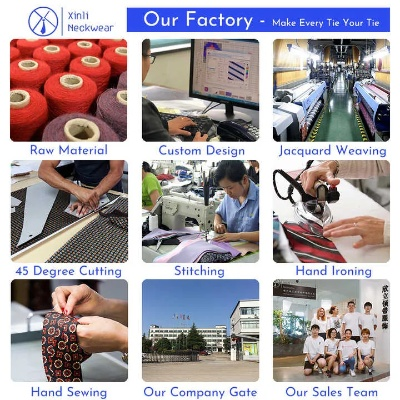
Introduction: In the world of textiles, maintaining their appearance is crucial for both aesthetic appeal and functional use. However, one common issue that many textiles face is stains, which can be challenging to remove. In this article, we will discuss the methods used to prevent stains and how to effectively remove them if they do occur. Additionally, we will provide an example of a successful stain removal technique.
Prevention Tips: To keep stains at bay, it's important to understand the materials and fabrics you are dealing with. Different fabrics have varying levels of resistance to stains. For instance, cotton is more susceptible to staining than synthetic fabrics like polyester or nylon. To prevent stains, consider the following tips:
- Choose fabrics that are resistant to stains.
- Avoid exposing your garments to high-traffic areas or spills.
- Clean spills immediately to reduce the chances of staining.
- Use appropriate cleaning techniques for the fabric type.
- Store garments in airtight bags or sealed containers to prevent stains from spreading.
Stain Removal Techniques: If stains do occur, there are several methods to remove them depending on the severity of the stain. Here are some commonly used techniques:
-
Blotting: Gently blot the stained area with a clean cloth or paper towel to absorb as much of the liquid as possible. This is particularly effective for small stains.
-
Soap and Water: Apply a gentle detergent to the stain and gently scrub with a soft brush or sponge. Rinse thoroughly with cold water and repeat if necessary.
-
Vinegar: Mix equal parts white vinegar and water in a spray bottle. Spray the solution onto the stain and let it sit for a few minutes before blotting with a clean cloth. Rinse thoroughly.
-
Baking Soda and Hydrogen Peroxide: Mix baking soda and hydrogen peroxide in a ratio of 1:1. Apply the mixture to the stain and leave it to act for a few hours before rinsing with water.
-
Professional Cleaning: If the stain is severe or persistent, seek professional help. Hiring a professional cleaner may be the best option for removing stubborn stains.
Case Study: Let's take a look at how these techniques were applied to a real-life scenario. John was wearing a shirt that had become stained with coffee during his morning commute. He tried blotting the stain but it persisted. Instead, he decided to try the vinegar method. After mixing equal parts white vinegar and water, John applied the solution to the stain and left it overnight. The next day, he rinsed the shirt thoroughly with cold water and found that the stain had significantly reduced in size. Although it wasn't completely removed, John was pleased with the improvement and felt confident in his ability to handle future stains.
Conclusion: In conclusion, preventing stains is essential for maintaining the beauty and functionality of textiles. By understanding the materials and fabrics you are using, practicing proper cleaning techniques, and being prepared for unexpected stains, you can keep your garments looking their best for years to come. Remember, even the most diligent cleaning efforts may not always be able to remove all stains, but by employing effective techniques and seeking professional help when necessary, you can minimize the risk of permanent damage.
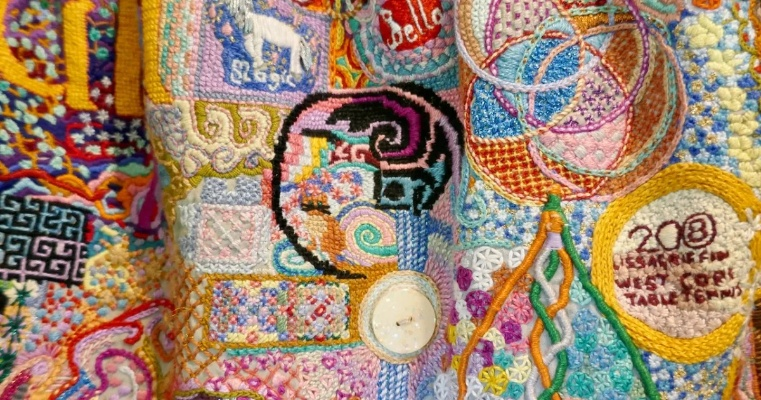
纺织品起毛起球概述
在纺织品的生产过程中,起毛起球是一个常见的问题,为了减少纺织品在使用过程中出现的起毛起球现象,我们需要掌握一些有效的处理方法,本文将详细介绍纺织品起毛起球的方法,并结合案例说明,帮助大家更好地理解和应对这一问题。
起毛起球原因及预防措施
起毛起球原因
起毛起球主要由纤维表面的摩擦和张力作用引起,纤维表面的粗糙度、纤维类型、环境湿度等因素都会影响起毛起球的发生。
预防措施
(1)选择合适的纤维类型:选择表面光滑、不易起球的纤维类型是预防起毛起球的关键。 (2)控制环境湿度:保持适宜的湿度环境可以减少纤维表面的张力,降低起球风险。 (3)定期清洁和维护:定期对纺织品进行清洁和维护,去除表面的杂质和残留物。
起毛起球处理方法
机械处理法
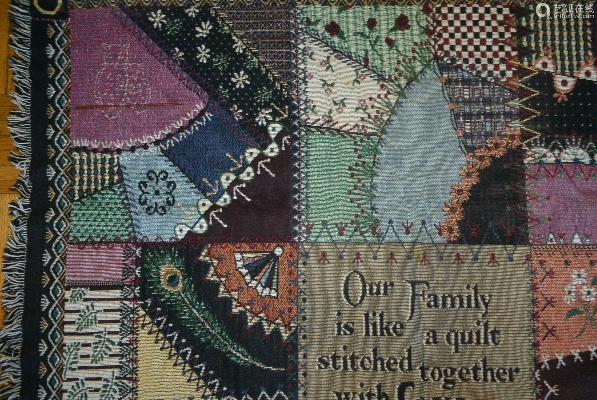
(1)剪毛处理:使用剪子等工具去除纺织品表面的短毛。 (2)砂磨处理:使用砂纸等工具对纺织品进行轻微打磨,去除表面的粗糙部分。
化学处理法
(1)表面处理剂的使用:使用表面处理剂涂抹在纺织品表面,形成一层保护膜,减少纤维之间的摩擦和张力。 (2)离子束处理:利用离子束技术对纺织品进行深度处理,去除表面的杂质和残留物。
案例分析
某品牌纺织品在使用过程中出现了严重的起毛起球现象,经过分析,发现是因为使用了表面粗糙度较高的纤维类型导致的,针对这种情况,采取了以下预防措施:选择了表面光滑、不易起球的纤维类型,控制环境湿度在适宜范围内,并定期进行清洁和维护,经过一段时间的使用,该品牌纺织品的起毛起球现象得到了有效控制。
某地区纺织品的生产厂家采用了砂磨处理法处理纺织品,取得了很好的效果,他们选择了合适的砂磨工具和砂磨频率,对纺织品进行了砂磨处理,经过处理后,纺织品表面变得更加光滑,减少了起球现象的发生,该厂家还定期对设备进行维护和保养,确保了处理效果的一致性和稳定性。
总结与展望
纺织品起毛起球是一个常见的问题,但通过合理的预防措施和有效的处理方法,我们可以有效地减少这一问题带来的影响,随着科技的不断进步,更多的新型处理方法和技术也逐渐应用于纺织品生产中,我们应继续关注纺织品起毛起球的新趋势和新方法,为纺织品的生产提供更好的技术支持和服务。
Articles related to the knowledge points of this article:
The Scope of Textile Design in a Professional Focus
